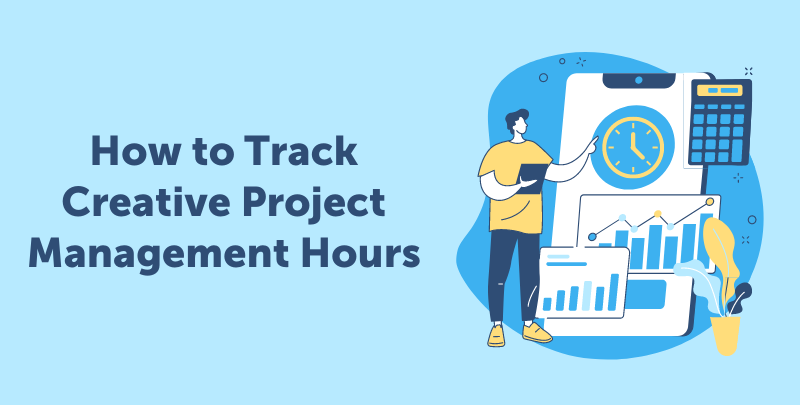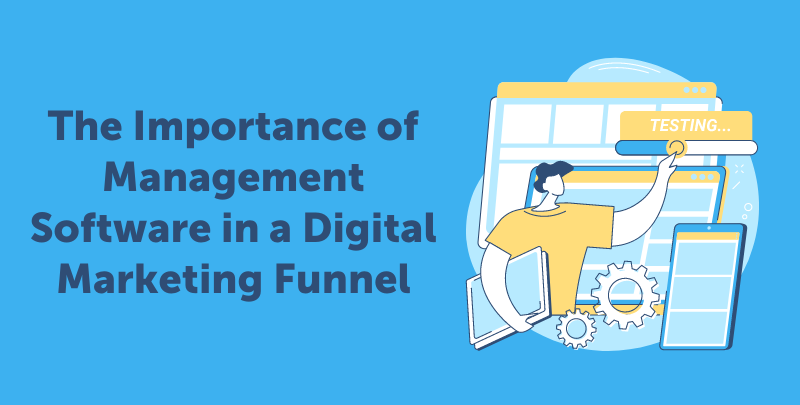Get all our templates, tips, and fresh content so you can run effective, profitable, low-stress projects in your agency or team.
Today’s business landscape leaves little room for absolutely original ideas, and the risk of delivering redundant products and services is a constant threat to any company. This makes it critical to work on projects that are either legitimately unique, fill an underserved market, or add significant value in a highly competitive field.
However, before you invest a significant amount of resources, you want to be sure that your idea satisfies these criteria. Your solution needs to be prepared to solve relevant needs and challenges, and your investors need to feel the same confidence for you to get these ideas off the ground.
But first, you need an idea and don’t need to search blindly—this is where the proof of concept comes in.
What is a Proof of Concept?
A proof of concept (or POC) is a tool used to demonstrate the feasibility or viability of an idea by collecting evidence of its practical or business potential, which a team uses to determine whether it would be worth investing in a large-scale effort to realize the idea.

There is often confusion when trying to define a proof of concept, which might be interchangeably used with terms like prototype or MVP (Minimum Viable Product.) However, their uses vary greatly. Here’s an easy way to distinguish between the three:
- A POC tests for potential and is meant to achieve stakeholder buy-in at the minimum scale. Its main goal is to collect evidence to help measure an idea’s potential for success, which teams and investors use to decide whether an idea is worth investing in and turning into a formal project.
- A prototype can only exist when a POC is approved. It serves as a tangible demonstration of the end product, and its main purpose is to help refine the design and identify and address major issues.
- An MVP is an advancement of the prototype that includes all of the major features and is aimed at testing effectiveness against the real-world market’s needs.
Proof of Concept Examples
A proof of concept can look wildly different depending on the industry you’re in, as well as the nature of the idea and its goals. Here are some of the common applications of a POC in large industries:
Products and Tech
Due to the sheer number of potential competitors, ideas in this space often boil down to extremely specific use cases. These ideas often serve to provide coverage to an underserved market looking for more representation in any given space.
For example, a clothing company might develop a POC for a specific age group, body type, or gender, depending on the nature of their idea, which can be validated by user feedback. A software company might work on an idea for project management primarily designed for a specific industry—Workamajig, for example, is fundamentally a project management platform but is additionally optimized with marketing agencies and creatives in mind.
Healthcare
A POC in the healthcare industry is often accompanied by clinical trials to validate whether an idea for new drugs or procedures is safe and effectively addresses a given ailment or condition. This would be a similar approach in beauty or cosmetics, where a larger emphasis is being placed on cruelty-free production and increased coverage for various skin types. The plan should then include details on how this would be achieved, the logistics around securing key ingredients in the formulation, and health and ethical considerations to take into account when further developing a product.
Management
At the management level, a POC is often used to validate the practicality of creating or updating the organization's strategies, processes, or technologies.
For example, your company might consider introducing software to help streamline your content management pipeline. However, you might employ a proof of concept to validate this idea before you invest a significant amount of resources to migrate everyone to a new platform.
The plan might include one or multiple software options to build your pipeline around, whether or not these options include free trials or need to be paid for, how long you will test each platform, and which initiatives might be used as test cases.
Why is a Proof of Concept Important?
The advantages of deploying a proof of concept in your organization centers around optimizing resources, mainly by:
- Determining feasibility. A proof of concept allows your team to determine as early as possible whether resources should be invested in an idea. If not, you can pivot to initiatives that show more potential at the soonest possible opportunity.
- Getting stakeholder buy-in. A successful proof of concept convinces your investors and key stakeholders that an idea is worth allocating valuable resources to, which is critical to enabling the development of the finished product.
- Mitigating risk. Technical and financial limitations often get in the way of a potentially-successful idea. A POC helps to illustrate how to address or overcome these limitations, which cascade into the above advantages.
A proof of concept provides your team with a relatively inexpensive way to determine realistic ideas and offer substantial potential value, especially in rapidly changing industries.
How to Conduct an Effective Proof of Concept
Now that we understand the concept and importance of a proof of concept, it’s time to build your own. Below, we’ve prepared a guide that covers the key elements of a successful POC, which you can easily follow along with in conducting your own.
Define your goals & theory
A POC cannot exist without an idea that needs exploring. Often, this idea stems from a problem case or an unmet need within your market—in some cases, you might want to explore a new concept. It pays to define a straightforward idea that will inform your methods for building a proof of concept. Consider the following questions in formulating your idea:
- What problem exists that we might be able to solve?
- What solution can we offer to address this problem?
- What new concepts are we interested in exploring through this process?
Alongside this, you will want to define an initial market that this idea is looking to serve. This will further improve your business idea and, by extension, your resulting objectives.
Determine your scope of work
Remember, a key trait of your proof of concept is the relatively low cost of determining whether an idea is feasible.
This makes it important to strictly define the scope (and limitations) of your POC.
While there is no strict format or outline, it’s important to list the specific methods you intend to use to collect data on your idea, any time-sensitive components (e.g., how long you plan to undergo this process), and related costs to execute your tests.
You will also want to identify team members who are critical to the POC process. This includes decision-makers, production or development teams, testers, and any external contacts who provide relevant input to your POC. This will later help inform the key stakeholders involved in executing a successful idea.
Identify performance metrics & evaluation plans
Adding to your scope is the work required to analyze the strength of your idea. This means having a clear set of success and/or failure criteria for the proof of concept. Use the following guide questions to build a thorough set of KPIs:
- What does success/failure look like for this idea?
- What results/outcomes provide evidence that this idea has or lacks potential?
- How would we want our target audience to respond to this idea?
Ultimately, the specific criteria that come from these questions will vary between ideas and the methods you’re using to test them. For example, many social media engagements might imply high potential demand for a product or service, or reaching a survey benchmark might imply an audience’s willingness to adopt proposed changes.
Execute POC activities
Once everything is in order, it’s time to begin testing and collecting data. This section relies fully on your outline scope and can look vastly different depending on the idea you’re trying to prove:
- This might involve creating campaign materials such as landing pages and social media content or conducting market, user, or competitor research.
- A product development POC might involve collecting substantial user feedback or creating multiple rough designs or formulations of an idea to see what makes the most sense or provides the most efficient production path.
- In software development, thorough planning and research into whether current technology makes it possible to execute an idea is essential. Otherwise, plans to overcome these technical limitations might be what you need to work on.
There are also instances where building a more detailed roadmap for executing an idea becomes your strategy—stakeholders might be interested in a comprehensive case for a new product/service, which means being able to illustrate its feasibility against a clear timeline and strict budget.
Evaluate the POC
Following your POC activities, it’s time to circle back to your metrics. Use this time to interpret testing data, user insight, feedback, and other related output—this should fall within one or multiple success criteria you set before executing your proof of concept.
If you fail, your next step is to consider changing your idea or your approach to the POC or possibly moving on to a new idea and conducting another POC for that. It pays to archive these results, as what you learn from this round may prove relevant to new ideas or projects in the future.
A successful POC, on the other hand, now allows you to decide how best to proceed with an idea, which means planning for large or full-scale production.
Bring Your Ideas to Life with Workamajig
The proof of concept process is a valuable tool for filtering ideas that present long-term potential for success. This allows you and your team to allocate resources towards projects that truly matter in the long run and prioritize work that generates significant real-world value while also benefiting your business. By following a framework that accounts for the key elements of a successful POC, you can more easily identify these high-value initiatives at the best possible price.
With Workamajig, the premier agency management software, you have an all-in-one solution for planning, organizing, and delegating these efforts, and easily transitioning between the phases of every project. Easily adjust your schedule or modify task requirements and assignees to ensure efficiency, and use native reporting tools to measure your progress, as well as identify and address roadblocks along the way.


